Growing Theories and Provisional Thinking
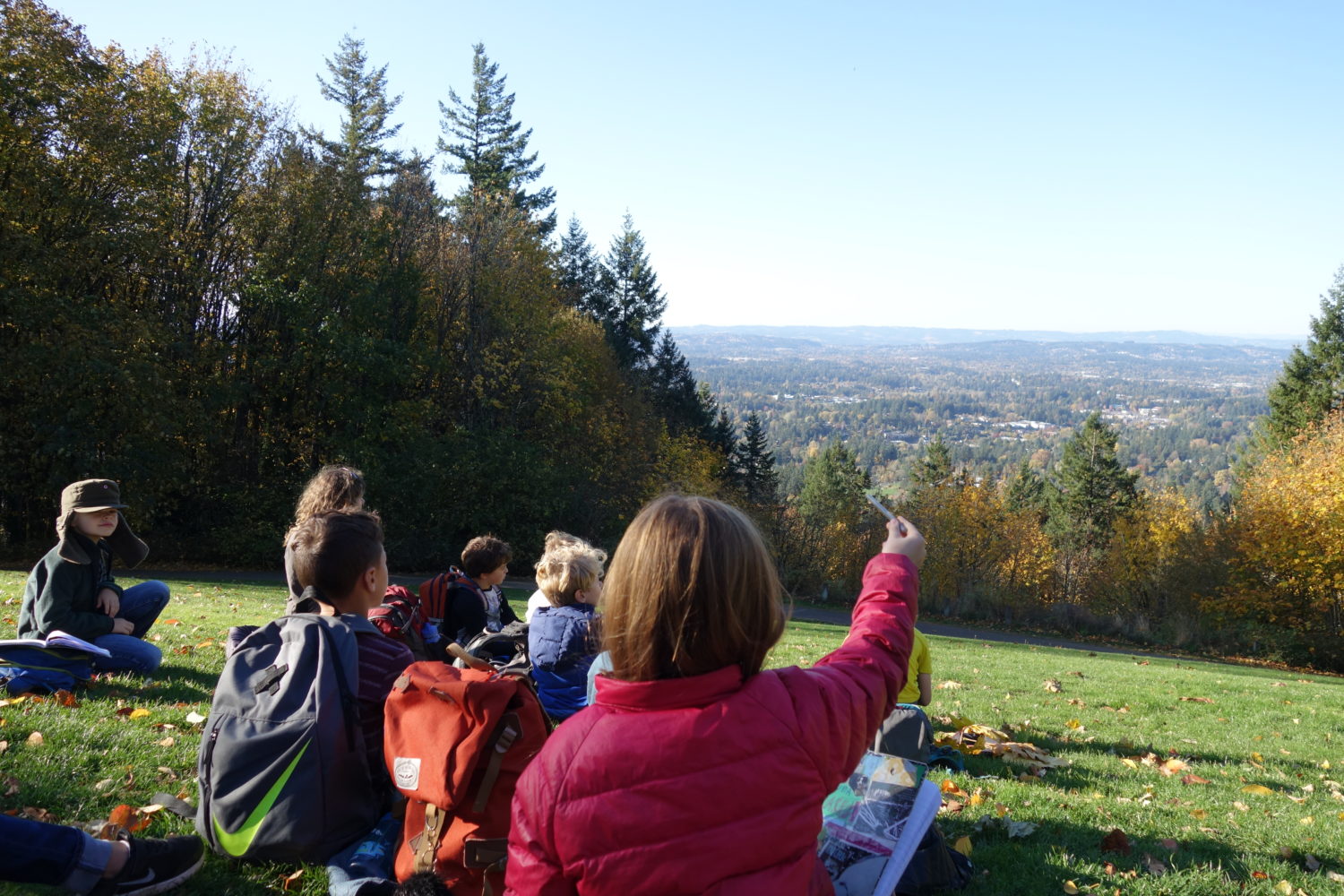
This year, in the Sitka learning community of 8 – 10 year-olds, we have been chewing on a big question:
How does exploring the relationships between water and people help us understand systems?
We decided to use water as a lens in hopes that it would provide opportunities to look closer into the idea of interdependencies, perspectives, empathy and how to take action as mindful citizens.
Exploring watersheds as a classroom community invites many opportunities for creating shared reference points — something interesting and real and present and meaningful to talk about while we listen and observe for patterns and ideas that lie beneath the surface.
Through this lens, we wonder:
How does thinking about the relationship between water and people help us understand systems?
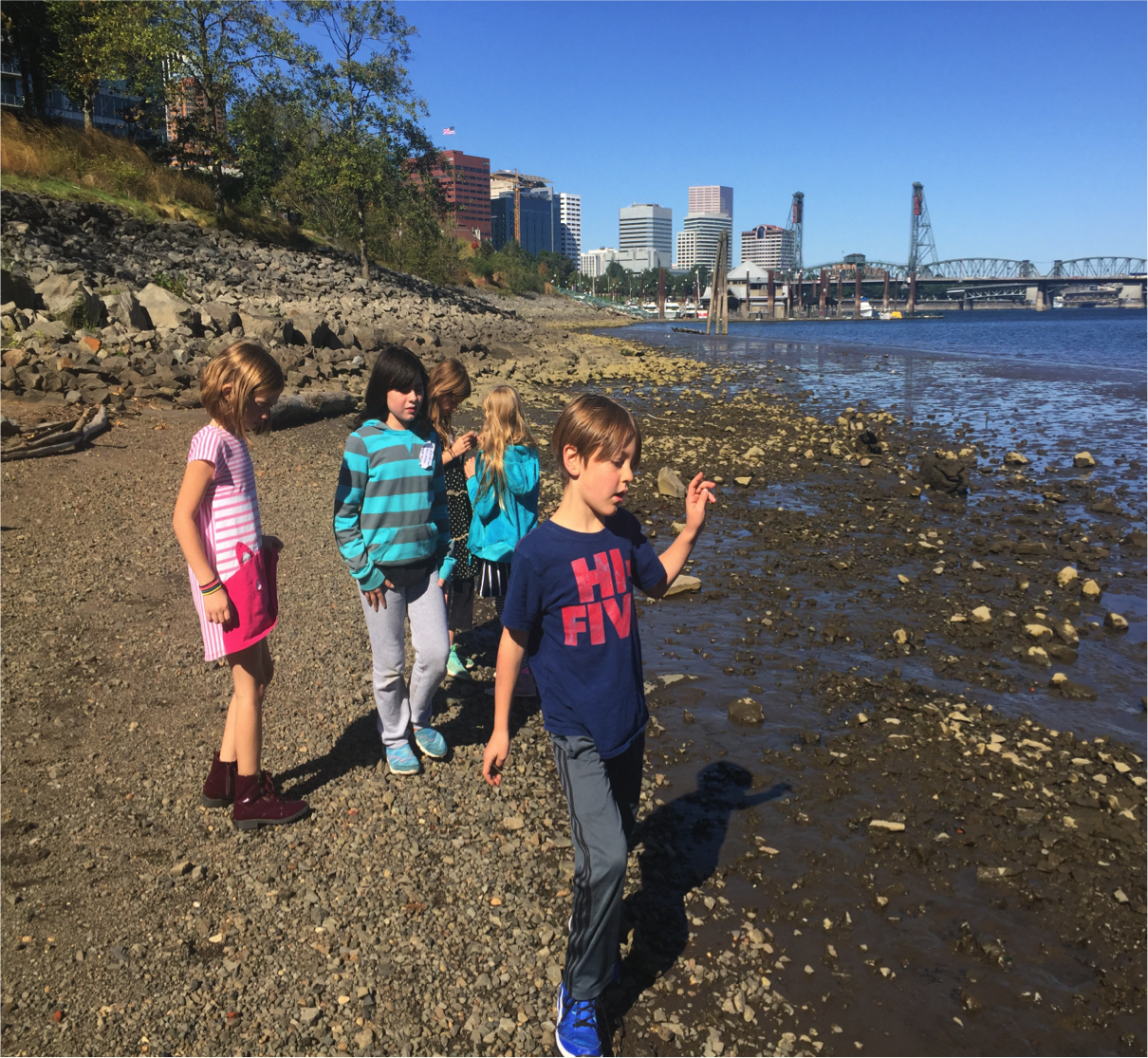
This fall, we sought out many opportunities for the children to build their ideas and create a world inside of the word watershed – with each new layer adding additional complexity and more questions. As the children were building their theories around their understandings, they constructed some ideas through various tools of inquiry like the use of the arts, open dialogue, and shared experiences.
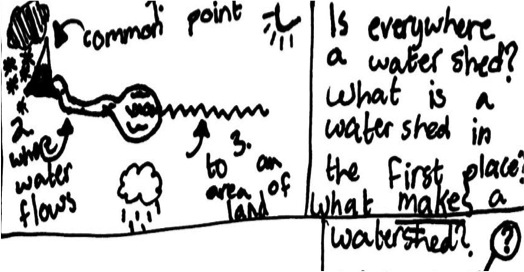
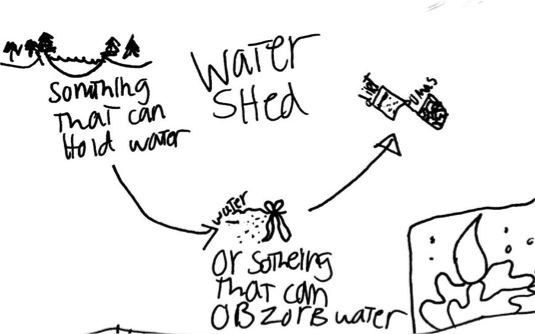
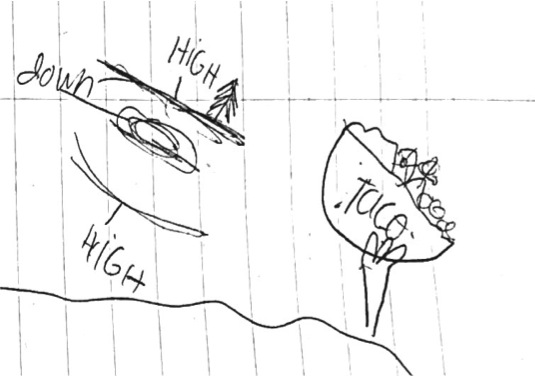
As the children explored through these tools of inquiry, they asked:
What counts as a watershed?
What happens when watersheds meet?
What are all the purposes of a watershed?
How many watersheds are in Oregon? The country? The world?
Why do watersheds matter?
How do we impact watersheds and how do watersheds impact us?
What is the connection between [drinking] water and watersheds?
As teachers, we wondered how might we continue to offer the children time and space to create ideas, metaphors, and images that matter and make sense to them. Through the practice of playing and building understanding within shared experiences, an added lens appears, and we now wonder:
How might understanding watersheds as a system help uncover the relationship between people and water?
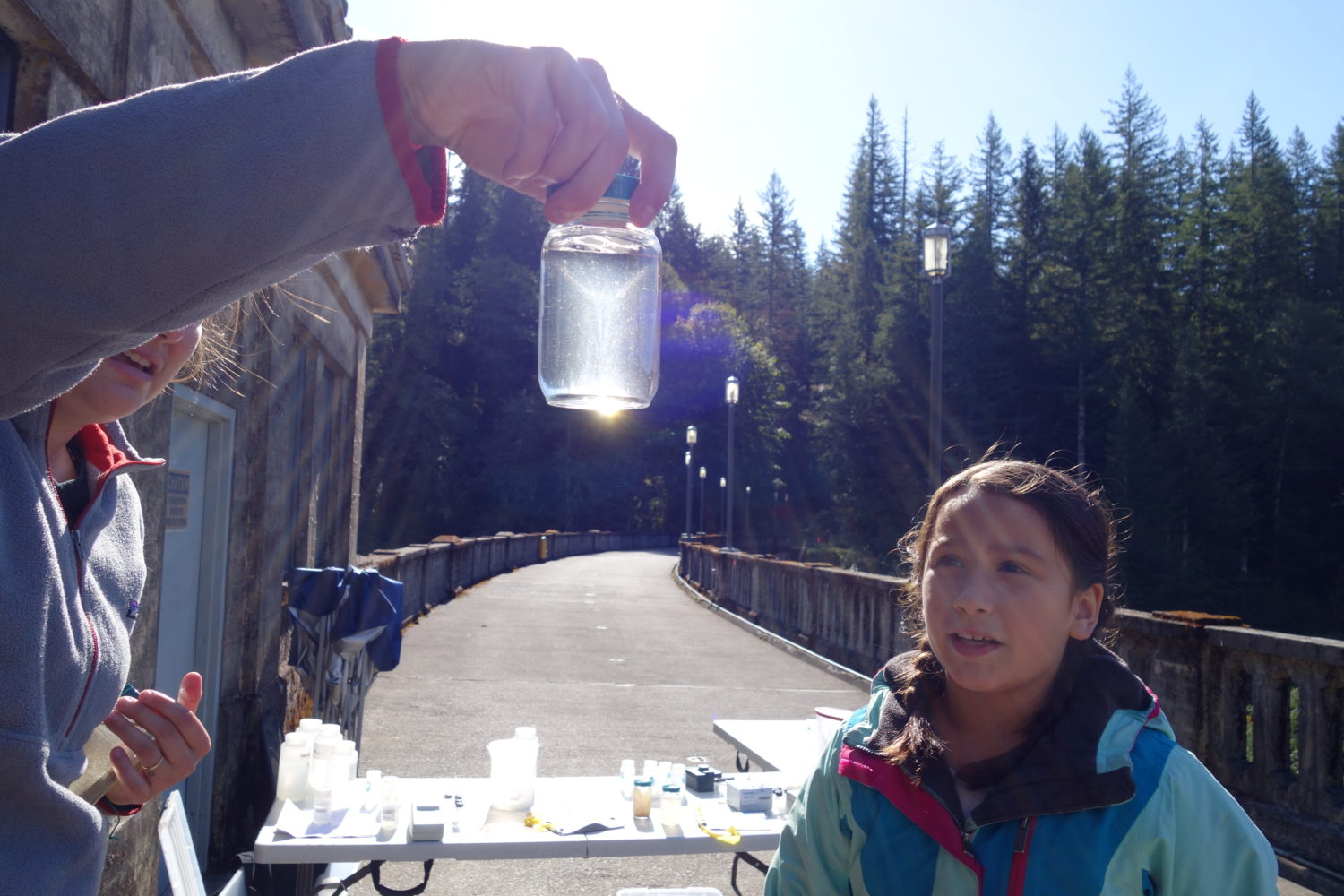
How are you supporting children’s growing theories and provisional thinking?
How are you offering children time and space to create ideas, metaphors, and images that matter and make sense to them?
